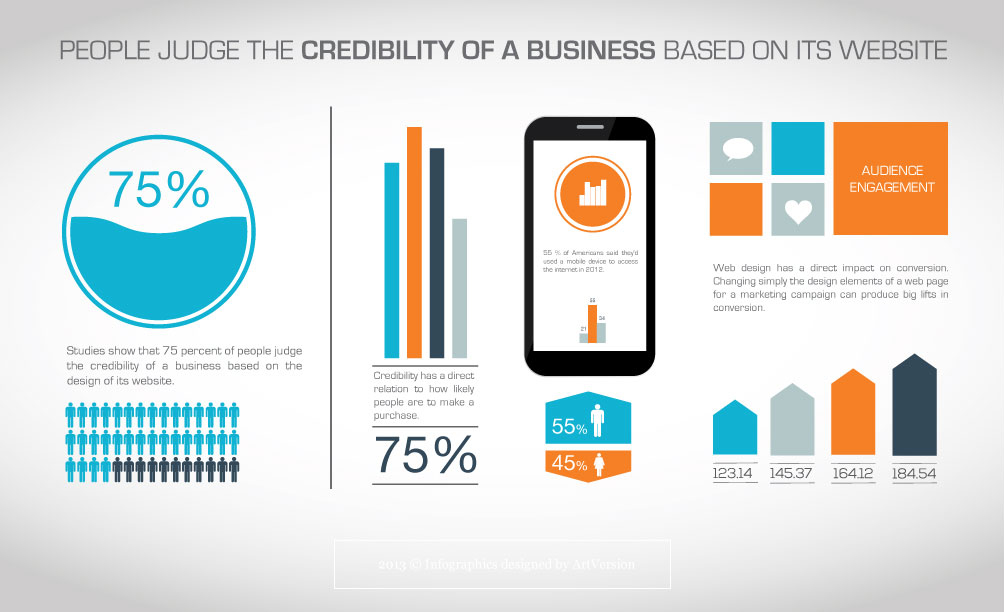Internet Site Layout Basics: Tips For Structure A User-Friendly Site
Internet Site Layout Basics: Tips For Structure A User-Friendly Site
Blog Article
Author-Abildtrup Ehlers
When it involves internet site layout, making certain user-friendliness is essential. From responsive design to structured navigation, every aspect plays a vital duty in creating a site that caters to your audience's needs. But what about the better details that can make or break an individual's searching experience? Remain tuned as we reveal some often-overlooked tips that can raise your web site's functionality to the next degree, making it absolutely stand apart in the digital landscape.
Significance of Responsive Layout
Responsive design is a critical aspect of modern site growth. Guaranteeing your website is responsive ways that it can adjust to different screen sizes and tools, providing a smooth experience for individuals.
With the increasing use of smartphones and tablet computers to access the net, having a receptive layout is important for reaching a wider target market. It aids in boosting individual experience by making your site very easy to browse and continue reading any kind of device.
In addition, receptive design can positively influence your search engine rankings, as online search engine like Google focus on mobile-friendly websites. By having a responsive design, you're additionally future-proofing your web site, as brand-new tools with varying display dimensions continue to arise.
Simplify Navigating Structure
To enhance customer experience and promote very easy access to details on your site, improving the navigation framework is vital. When designing your site, concentrate on creating a clear and user-friendly navigation menu that assists site visitors discover what they're searching for rapidly.
Limit the number of food selection products to the basics, grouping associated pages with each other to prevent overwhelming customers. Usage detailed tags that plainly indicate the content of each page, making it less complicated for users to understand where each link will certainly take them.
Think about executing dropdown menus for subcategories to avoid jumbling the major navigation bar. Furthermore, include a search bar prominently on the web page for users who favor looking for certain details.
Focus on mobile responsiveness in your navigating style to guarantee very easy access on all gadgets.
Optimize Page Tons Rate
Improving web page load rate is vital for keeping visitors on your site. Slow-loading https://israelupjdx.blog-ezine.com/31254610/from-concept-to-introduce-grasping-the-art-of-internet-site-advancement discourage individuals and can bring about high bounce prices. To maximize web page tons rate, start by optimizing pictures. Press images without endangering quality to decrease their data sizes.
Furthermore, allow browser caching to save often accessed sources in your area, quickening lots times for returning site visitors. simply click the up coming document , JavaScript, and HTML files by removing unneeded personalities, remarks, and format, enhancing tons speed.
Take into consideration making use of a material delivery network (CDN) to disperse your site's content throughout multiple web servers worldwide, reducing latency for customers accessing your website from different locations. Lastly, restrict using third-party scripts and plugins, as they can considerably impact load times.
Final thought
Finally, by including receptive design, streamlining navigating, and optimizing page lots rate, you can produce an user-friendly website that attract a bigger audience and enhances customer experience. These essential elements make sure that site visitors can conveniently access and navigate your site across different tools, bring about boosted interaction and satisfaction. By focusing on these key elements, you can construct an effective web site that keeps customers coming back for even more.
